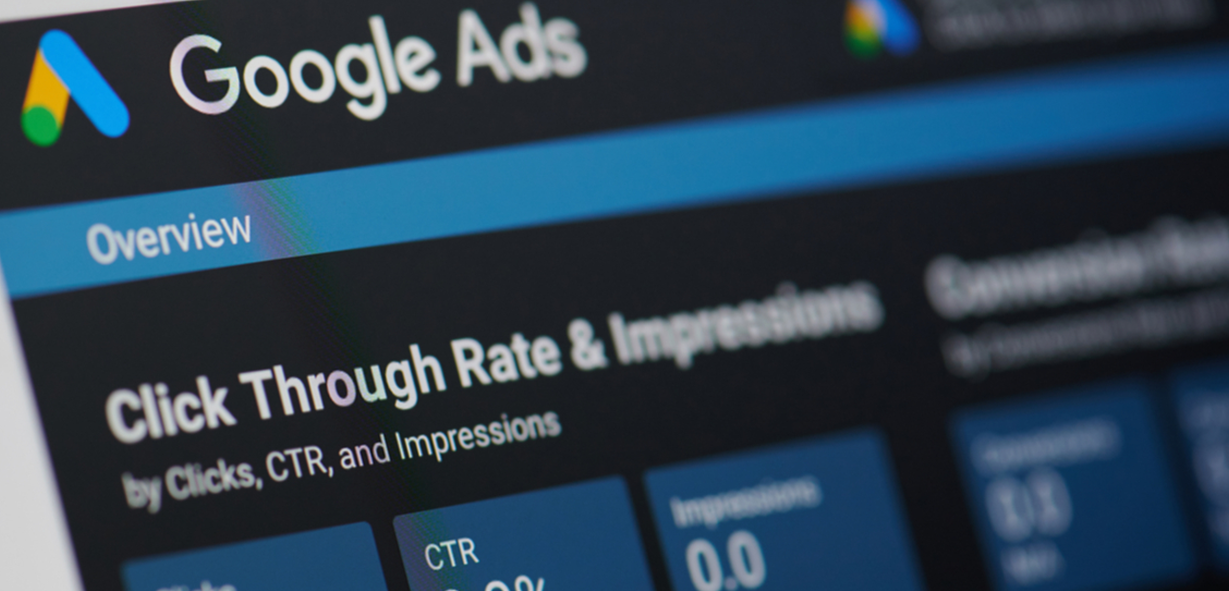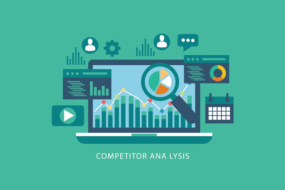
Pay-per-click (PPC) advertising is a popular online marketing model in which advertisers pay for each click on their ads. PPC advertising can be highly effective in driving targeted traffic to your website, generating leads, and increasing sales. In this guide, we’ll cover the basics of PPC advertising and provide tips for creating successful campaigns.
1. Understanding PPC Advertising
PPC advertising is a model in which advertisers bid on keywords and phrases that are relevant to their target audience. When a user searches for a keyword, the search engine displays relevant ads, and if the user clicks on the ad, the advertiser pays a fee. The fee is based on the bidding system and the competition for the particular keyword or phrase.
PPC advertising is often used in conjunction with search engine optimization (SEO) as part of a comprehensive digital marketing strategy. While SEO focuses on organic search results, PPC advertising provides an opportunity to immediately appear at the top of the search engine results page (SERP) for a given keyword or phrase.
2. Setting up a PPC Campaign
Setting up a successful PPC campaign involves several steps, including the following:
- Define your goals: Determine what you want to achieve with your campaign, such as generating leads or sales, increasing brand awareness, or promoting a new product or service.
- Choose the right platform: There are many platforms that offer PPC advertising, including Google Ads, Bing Ads, and social media platforms such as Facebook and Twitter. Choose the platform(s) that are most relevant to your audience and goals.
- Keyword research: Research and choose the most relevant keywords and phrases for your campaign. Use keyword research tools such as Google Keyword Planner, SEMrush, or Ahrefs to identify high-volume, low-competition keywords.
- Create compelling ad copy: Write ad copy that is relevant, engaging, and persuasive. Highlight the benefits of your product or service, and include a call-to-action (CTA) that encourages users to click on your ad.
- Set your budget and bidding strategy: Determine your budget and how much you are willing to pay per click. Set your bidding strategy based on your goals, such as maximizing clicks, conversions, or impressions.
- Create landing pages: Create landing pages that are relevant to your ad copy and offer a clear call-to-action. Ensure that your landing pages are optimized for conversions, with a clear value proposition and a simple form or checkout process.
3. Best Practices for PPC Advertising
To create successful PPC campaigns, consider the following best practices:
- are all relevant to each other and to your target audience. This will improve your Quality Score, which can lower your cost per click and improve your ad rank.
- Test and optimize: Continuously test and optimize your ad copy, keywords, bidding strategy, and landing pages. Use A/B testing to compare different versions of your ads and landing pages, and use data-driven insights to improve your campaigns.
- Monitor your metrics: Monitor your metrics regularly to track your progress and identify areas for improvement. Key metrics to track include click-through rate (CTR), conversion rate, cost per click (CPC), and return on investment (ROI).
- Use negative keywords: Use negative keywords to exclude irrelevant searches and reduce wasted ad spend. For example, if you sell luxury watches, you may want to exclude searches for “cheap watches” or “casual watches.”
- Use ad extensions: Use ad extensions to provide additional information and improve the visibility of your ads. Ad extensions include site link extensions, callout extensions, location extensions, and more.

How to target your audience with PPC advertising
Targeting the right audience is critical to the success of your PPC advertising campaigns. Here are some tips to help you target your audience effectively:
- Define your target audience: The first step in targeting your audience is to define who they are. Consider factors such as demographics (age, gender, income, location), interests, behavior, and purchase intent. This information will help you create campaigns that are tailored to your audience.
- Choose the right keywords: Keywords are the search terms that trigger your ads. Choose keywords that are relevant to your products or services and that your target audience is likely to search for.
- Use location targeting: If your business operates in a specific geographic area, use location targeting to show your ads only to people in that area. This can help you reach a more relevant audience and avoid wasting ad spend on people who are not in your target market.
- Use audience targeting: Many PPC platforms offer audience targeting options that allow you to reach people based on their interests, behavior, and other criteria. For example, you can target people who have visited your website before or who have shown an interest in your products or services.
- Use ad scheduling: Use ad scheduling to show your ads at specific times of the day or week when your target audience is most likely to be searching for your products or services. This can help you optimize your ad spend and reach a more engaged audience.
- Create targeted ad copy: Your ad copy should be tailored to your target audience. Use language and messaging that resonates with your audience and speaks to their specific needs and interests.
By targeting your audience effectively, you can increase the effectiveness of your PPC advertising campaigns and generate more leads and sales for your business. Regenerate response
How to manage and optimize your PPC campaigns
Managing and optimizing your PPC campaigns is crucial to maximizing their effectiveness and achieving your business goals. Here are some tips for managing and optimizing your PPC campaigns:
- Set clear goals: Before you start your campaign, set clear goals and metrics for success. This could be anything from increasing website traffic to generating more leads or sales. Use these goals to guide your campaign strategy and measure its success.
- Monitor and analyze performance: Regularly monitor the performance of your campaigns to identify areas for improvement. Use data from your PPC platform and web analytics tools to track key metrics such as click-through rates, conversion rates, and cost per conversion.
- Adjust your bidding strategy: Adjust your bidding strategy based on the performance of your campaigns. For example, if a keyword is generating a high conversion rate, you may want to increase your bid to increase its visibility.
- Refine your targeting: Refine your targeting based on the performance of your campaigns. This could include adjusting your audience targeting or refining your keyword targeting to focus on the most effective keywords.
- Test and optimize ad copy: Test different ad copy to identify which performs best. This could involve testing different headlines, descriptions, and calls to action.
- Optimize your landing pages: Your landing pages are where users are directed when they click on your ads. Optimize your landing pages to ensure they are relevant, engaging, and optimized for conversions.
- Keep an eye on your budget: Keep an eye on your budget to ensure you are staying within your limits. Adjust your bids and targeting as needed to optimize your spending and maximize the effectiveness of your campaigns.
By following these tips, you can start work on PPC campaigns to achieve your business goals and generate more leads and sales for your business.








